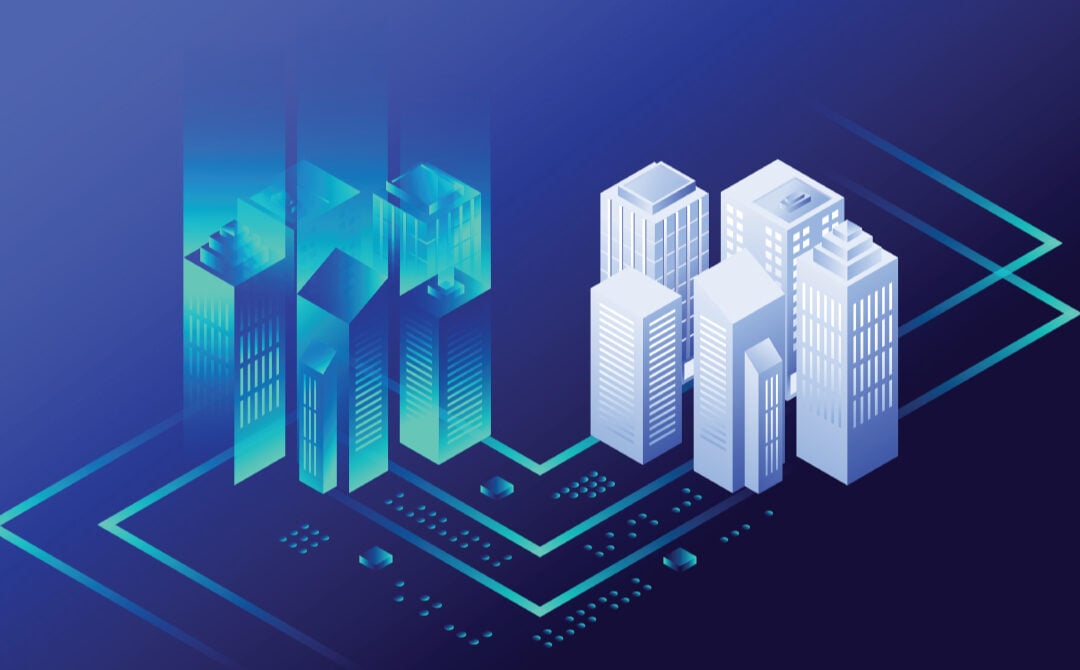In today’s rapidly evolving digital landscape, Michigan businesses, especially those in construction, real estate, and facility management, are increasingly turning to digital twins to gain a competitive edge. Digital twins, virtual replicas of physical buildings or assets, offer unparalleled insights, allowing businesses to optimize operations, reduce costs, and improve overall efficiency. This comprehensive guide delves into the concept of building a digital twin, its benefits, and how it can be a game-changer for businesses across Grand Rapids and beyond.
What is a Digital Twin?
A digital twin is a dynamic, digital representation of a physical object or system. In the context of business, it can range from a small component to an entire building or complex. This technology uses data from various sources, including sensors and IoT devices, to create a model that simulates the real-world entity in real-time. This enables businesses to analyze performance, predict outcomes, and make informed decisions.
Benefits for Construction, Real Estate, and Facility Management
- Enhanced Planning and Design: For construction projects, digital twins offer a detailed visualization of the building even before construction begins. This aids in identifying potential issues early, saving time and costs associated with changes during the construction phase.
- Operational Efficiency: Real estate and facility management can greatly benefit from digital twins. They provide a comprehensive view of a property’s operational aspects, helping managers optimize energy use, maintenance schedules, and overall building performance.
- Predictive Maintenance: By monitoring the real-time status of physical assets, businesses can predict when a component might fail or require maintenance, significantly reducing downtime and operational costs.
Creating a Digital Twin for Your Business
- Data Collection: The first step involves gathering detailed information about the physical asset, including architectural plans, sensor data, and operational metrics.
- Modeling: Using specialized software, this data is then used to create a detailed 3D model that represents the physical asset accurately.
- Integration: The digital twin is integrated with real-time data streams from IoT devices and sensors installed on the physical asset, allowing it to simulate real-world conditions.
- Analysis and Optimization: Businesses can use the digital twin to analyze performance, simulate different scenarios, and identify areas for improvement.
Case Studies: Success Stories in Grand Rapids
Grand Rapids, with its thriving business ecosystem, has seen several successful implementations of digital twins. For instance, a local construction company used digital twins to streamline the development of a multi-use complex, resulting in a 20% reduction in project timelines. Similarly, a Grand Rapids real estate firm implemented digital twins for its portfolio of properties, enhancing facility management and operational efficiency, leading to significant cost savings.
The Future of Digital Twins in Michigan
The potential of digital twins extends beyond current applications. With advancements in AI and machine learning, digital twins will become even more intelligent, offering predictive insights that can transform how businesses operate. Michigan, with its innovative business community and technological infrastructure, is well-positioned to lead this transformation.
Conclusion
For Michigan businesses in construction, real estate, and facility management, the adoption of digital twins is not just a trend but a strategic investment into the future. By providing a bridge between the physical and digital worlds, digital twins unlock new levels of insight and efficiency. As this technology continues to evolve, its impact on the industry will only grow, making now the perfect time for businesses to explore its potential. Embracing digital twins can propel Michigan businesses to new heights of innovation and success.
